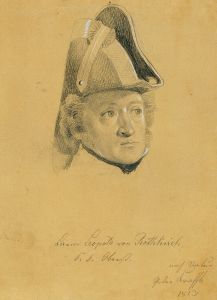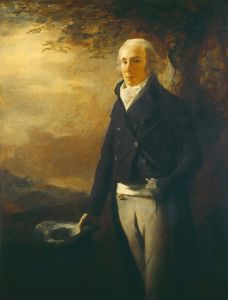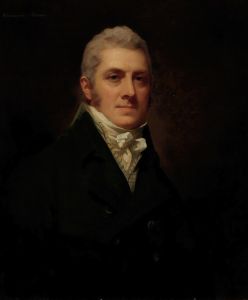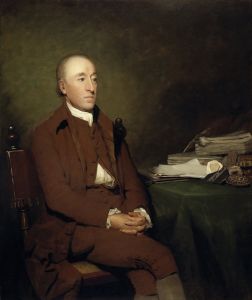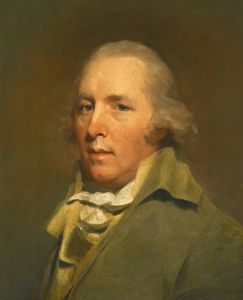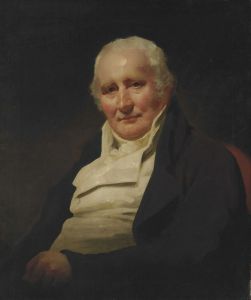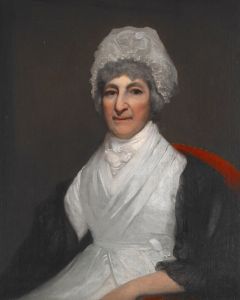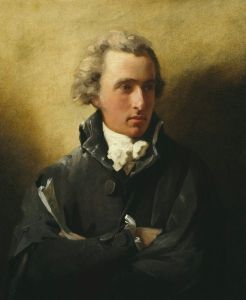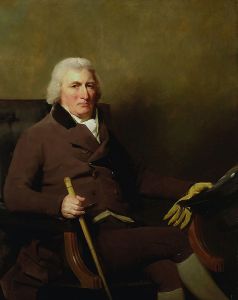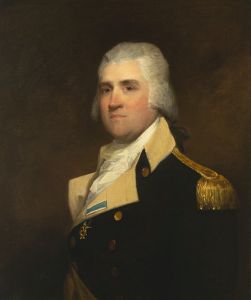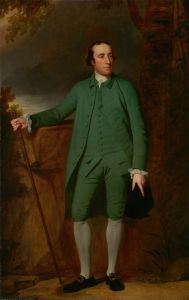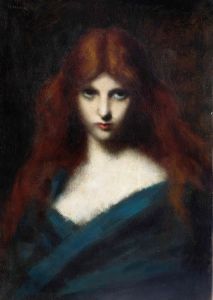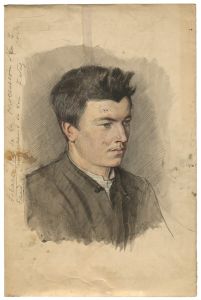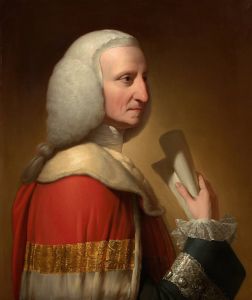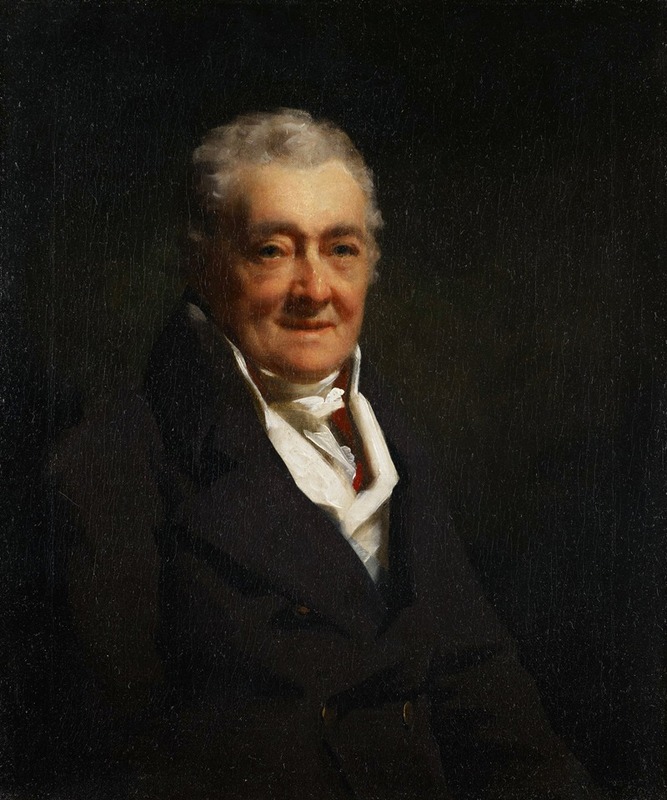
E. Finlay, Esquire
A hand-painted replica of Sir Henry Raeburn’s masterpiece E. Finlay, Esquire, meticulously crafted by professional artists to capture the true essence of the original. Each piece is created with museum-quality canvas and rare mineral pigments, carefully painted by experienced artists with delicate brushstrokes and rich, layered colors to perfectly recreate the texture of the original artwork. Unlike machine-printed reproductions, this hand-painted version brings the painting to life, infused with the artist’s emotions and skill in every stroke. Whether for personal collection or home decoration, it instantly elevates the artistic atmosphere of any space.
"E. Finlay, Esquire" is a portrait painting by the renowned Scottish artist Sir Henry Raeburn. Raeburn, born in 1756 in Edinburgh, is celebrated for his exceptional skill in portraiture, capturing the essence of Scotland's Enlightenment period through his depictions of prominent figures of the time. His works are characterized by their vivid realism and the ability to convey the personality and status of the sitter.
The painting "E. Finlay, Esquire" exemplifies Raeburn's mastery in the art of portraiture. Although specific details about the sitter, E. Finlay, are scarce, the title suggests that he was a gentleman of some standing, as indicated by the honorific "Esquire." This term was traditionally used in Britain to denote a man of higher social rank, often associated with landownership or a professional status such as a lawyer or a gentleman of leisure.
Raeburn's technique in this painting, as in many of his works, likely involved the use of a limited palette, which was a hallmark of his style. He was known for his ability to create depth and texture with a few well-chosen colors, bringing his subjects to life with a sense of immediacy and presence. His portraits often feature a strong use of chiaroscuro, the contrast between light and dark, which adds a dramatic effect and highlights the features of the sitter.
The composition of "E. Finlay, Esquire" would typically reflect Raeburn's approach to portraiture, focusing on the upper body and face of the sitter, with a neutral or softly rendered background that does not distract from the subject. This focus on the individual allowed Raeburn to capture the character and mood of the person, making his portraits not only a likeness but also a psychological study.
Raeburn's work was highly regarded during his lifetime, and he was appointed as the King's Limner for Scotland in 1822, a position that recognized his contributions to the arts in Scotland. His portraits remain significant in the study of Scottish art and history, providing insight into the people and culture of the time.
The painting "E. Finlay, Esquire" is part of Raeburn's extensive body of work, which includes portraits of many notable figures of his era. His ability to portray his subjects with dignity and realism has earned him a lasting legacy in the art world. Today, Raeburn's paintings are held in high esteem and can be found in major art galleries and collections, where they continue to be appreciated for their artistic merit and historical significance.
While specific information about the life and achievements of E. Finlay is limited, the portrait remains a testament to Raeburn's skill and the enduring appeal of his work. Through his portraits, Raeburn has provided a window into the past, capturing the likenesses and personalities of those who lived during a vibrant period in Scottish history.





